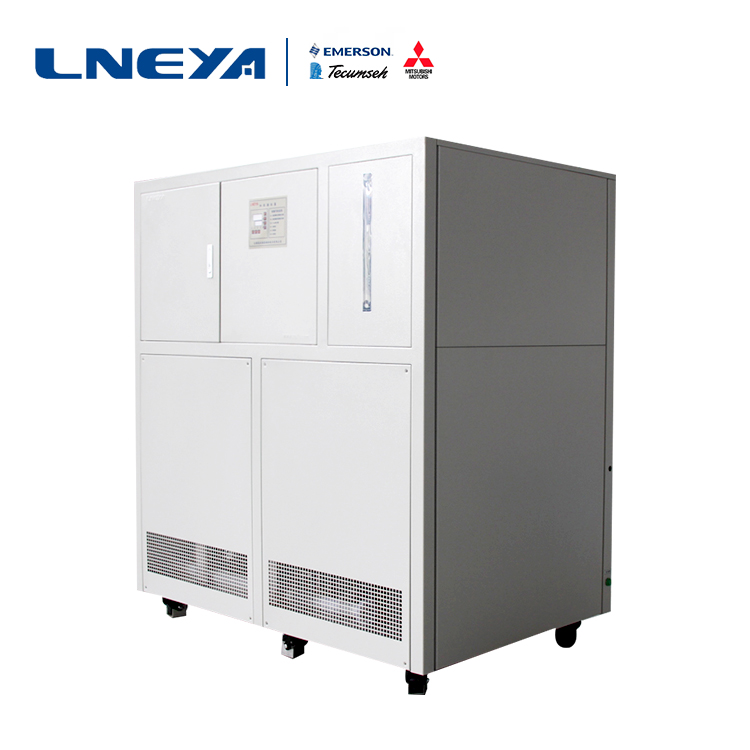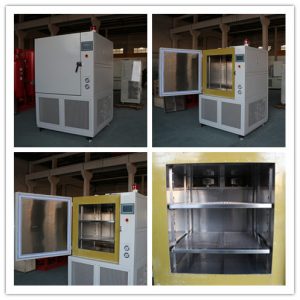What causes sediment in the use of the chiller cooler?
A chiller is a water-cooled unit that uses water circulation to provide a constant temperature, constant flow and constant pressure cooling water. The LNEYA cold water system has its own working principle, that is, a certain amount of water is injected into the water tank of the machine, the cooling water is cooled by the refrigeration system, and then the cooling water is operated by the compressor. The cooling water is sent to the equipment to be cooled, the heat is taken away, then the temperature rises, and then flows back to the water tank to achieve a cooling effect. However, when using a chiller for a long time, there will usually be some dirt deposits in the chiller pipe or water tank. What is the reason below.
1.Chemical processor
If a zinc salt or a phosphate inhibitor is added to the water circulation system, zinc or phosphate scale is formed. Therefore, we must always carry out maintenance work on the chiller, not only to ensure the cooling capacity, but also to extend the service life of the chiller.
2. Process media leakage
The water cooler leaks, especially if it leaks oil or some organic matter causes deposits to form.
3. Air
Sediments, dust, microorganisms and their spores enter the circulatory system with the air, and sometimes insects are carried into the system, causing the heat exchanger to clog. When the environment surrounding the cooling tower is contaminated, corrosive gases such as hydrogen sulfide, chlorine dioxide and ammonia will react in the unit and indirectly cause deposition.
The LNEYA chiller cooler is a fully enclosed system that does not expose the media to outside air during use.
It can be seen from the above that in the use, the chiller needs to be maintained at all times, which not only ensures the cooling capacity, but also prolongs the service life of the chiller and the saving of circulating water.
If you need any information, you can contact LNEYA to inquire about the use of chiller coolers and other cooling system equipment at sales@lneya.com/LNEYA.COM.

Related recommendations
-
Causes of reduced heat transfer effect of vertical ultra-low temperature refrigerators
950If the outer frost layer of the vertical ultra-low temperature refrigerator is too thick or excessively dusty, it may cause the external temperature of the equipment to be mostly lower than 0, resulting in low heat transfer efficiency of the evapo...
View details -
LNEYA ultra-low temperature cold box power supply+electronic control instrument system description
1155LNEYA ultra-low temperature cold box needs to be tested after a long time of use. What should be paid attention to when the power supply and electronic control instrument system are inspecting? LNEYA ultra-low temperature cold box power supply and...
View details -
How to Solve the Problem of Water Supply in Low Temperature chiller system
996Due to the improper operation of low temperature chiller system, there is the possibility of water entering into refrigerant system. Therefore, in view of the problem of water supply in low temperature chiller system, process guidance is formulat...
View details -
How to save energy in the vacuum chamber refrigeration heating thermostat control unit
1228In the environment of energy-saving and emission-reduction operation, how to operate the LNEYA vacuum chamber cooling and heating thermostat control unit is very important. Let's take a look at a few tips to reduce the consumption and see how to u...
View details
 LNEYA Industrial Chillers Manufacturer Supplier
LNEYA Industrial Chillers Manufacturer Supplier













